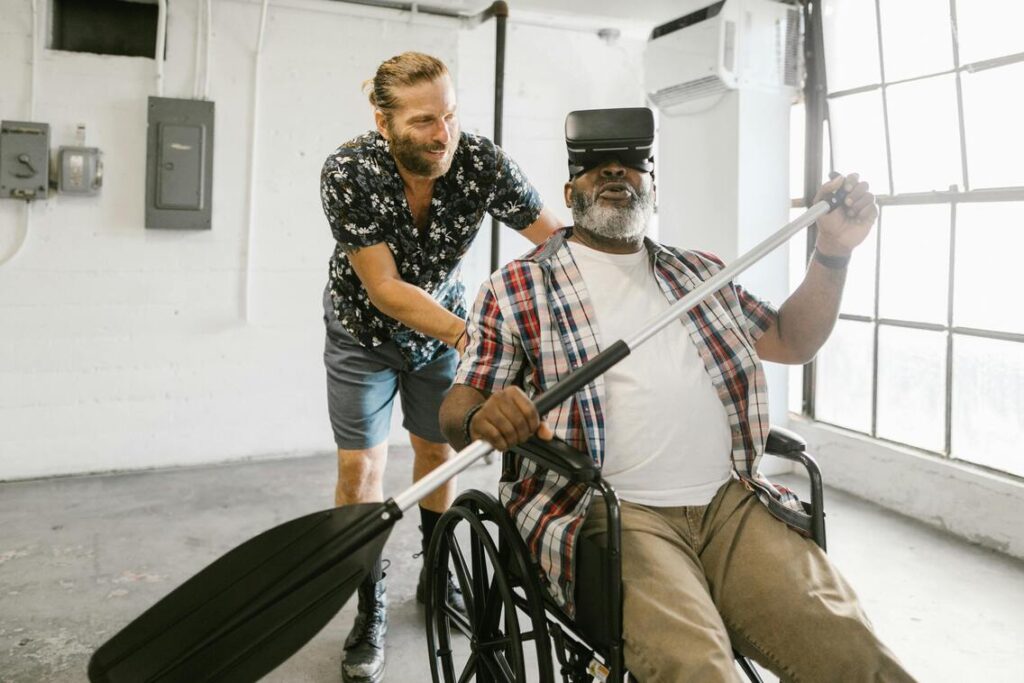Enhancing Accessibility with Smart Home Solutions: Making Renovations More Inclusive for People with Disabilities

In recent years, smart home technologies have gained widespread popularity for their ability to enhance convenience, efficiency, and security in residential settings. However, beyond their mainstream appeal, these innovative solutions are also playing a crucial role in improving accessibility and inclusivity for people with disabilities. From voice-activated controls to smart home automation systems, these technologies are empowering individuals with mobility or sensory impairments to live more independently and comfortably in their own homes.
One of the most significant advancements in smart home accessibility is the emergence of voice-activated assistants, such as Amazon Alexa, Google Assistant, and Apple’s Siri. These intelligent virtual assistants enable users to control various smart home devices and perform everyday tasks using voice commands, eliminating the need for manual interaction with switches, buttons, or touchscreens. For individuals with mobility impairments, voice control offers a hands-free alternative for operating lights, adjusting thermostats, locking doors, and even making phone calls or sending messages, thereby promoting greater independence and autonomy in the home environment.
Moreover, smart home automation systems are revolutionizing the way individuals with disabilities interact with their living spaces. These systems allow users to automate repetitive tasks and routines, such as adjusting lighting levels, regulating room temperatures, and opening or closing window shades, based on predefined schedules or trigger events. By automating these tasks, individuals with mobility or sensory impairments can conserve their energy and focus on more meaningful activities, without having to worry about the logistical challenges of managing their home environment.
Furthermore, smart home technologies are enabling greater accessibility and inclusivity through the integration of sensor-based devices and assistive technologies. For example, motion sensors can detect movement and trigger lighting or alert systems to assist individuals with visual impairments in navigating their surroundings safely. Similarly, smart doorbell cameras with two-way audio capabilities provide a means for individuals with mobility impairments to communicate with visitors and grant access to their homes remotely, without the need to physically answer the door.
In addition to enhancing accessibility within the home, smart home solutions are also facilitating greater independence and safety for individuals with disabilities when it comes to managing healthcare needs. Remote monitoring devices, such as smart pill dispensers, blood glucose monitors, and health tracking apps, enable individuals to monitor their health status and medication adherence more effectively, while also providing caregivers with valuable insights and alerts in real-time. By leveraging these technologies, individuals with disabilities can maintain greater control over their healthcare routines and remain in their homes with confidence and peace of mind.
Moreover, smart home technologies are paving the way for greater inclusivity in residential design and construction practices. Architects and builders are increasingly incorporating universal design principles and smart home features into new construction and renovation projects to ensure that homes are accessible and accommodating to individuals of all abilities. From wider doorways and zero-step entrances to voice-activated controls and integrated assistive devices, these design solutions are transforming the way we conceptualize and create living spaces that are truly inclusive and welcoming to everyone.
Smart home solutions are revolutionizing accessibility and inclusivity for individuals with disabilities by providing innovative tools and technologies that empower them to live more independently, comfortably, and safely in their own homes. From voice-activated assistants and smart home automation systems to sensor-based devices and assistive technologies, these advancements are breaking down barriers and opening up new possibilities for individuals with mobility or sensory impairments. As the demand for accessible housing continues to grow, smart home technologies will play an increasingly vital role in shaping the future of inclusive residential design and living.








